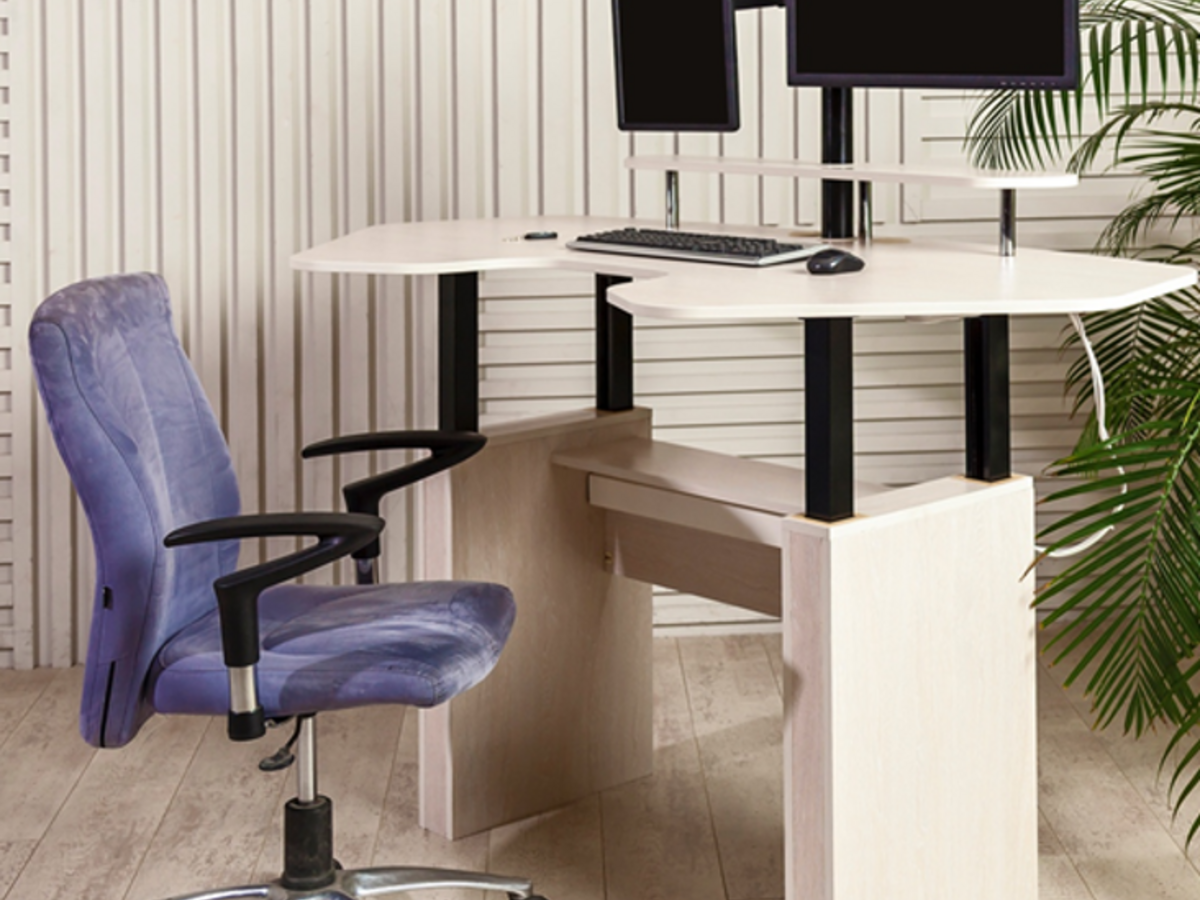December 16, 2019
The market for height adjustable desk is experiencing great growth. The demand for solutions that offer ergonomic design in addition to aesthetic flexibility is expected to drive the global standing desk market to $2.8 billion by 2025, according to Research and Markets.
Height adjustable desks help address worker comfort and health. Sometimes they are called sit-stand desks — which allow workers to move from sitting to standing throughout the day. A variety of studies have demonstrated that using height-adjustable desks can improve circulation, mood, back pain — and productivity.
Height-adjustable desks are intended to bring several benefits, at the same time, they come with some potential risks, including mechanical concerns such as ability to support weight-bearing loads, stability, pinch points/entrapment, electrical concerns related to shock/fire, flammability to ensure that worksurfaces, larger than 3 square meters, don’t significantly contribute to/or worsen a structure fire.
Incidents may occur and can be extremely costly, especially if manufacturers sell in markets like in the U.S. In some municipalities, local authorities known as Authorities Having Jurisdiction (AHJ), require a third-party certification prior to installation in commercial or office settings. The Occupational Safety and Health Administration (OSHA) requires third-party certification of height adjustable desks to support a safe workplace.
In the event of litigation in the United States, third-party product certification is taken into consideration by the jury in assessing the manufacturer's liability for damage or accident; if a manufacturer has certified his product he shows that he has tried to do everything possible to market a safe product.
UL 962, the Standard for Household and Commercial Furnishings, is the primary Standard for evaluation of height adjustable desks to verify the mechanical, electrical and fire safety during recommended use as well as foreseeable misuse. It helps manufacturers mitigate risk of litigation as a third-party evaluation reveals potential safety issues early and demonstrates a proactive stance toward helping ensure product safety.
Manufacturers that can get ahead of regulatory compliance may have an advantage in the long run. Identifying potential health and safety hazards, and pursuing appropriate certifications can help to avoid product downtime due to rejections by local authorities and encourage workers who are seeking flexibility and modernity that these new products can offer. And when manufacturers have better products to offer, workers may be more comfortable, workplaces may be more productive, and everyone can benefit in the end.

